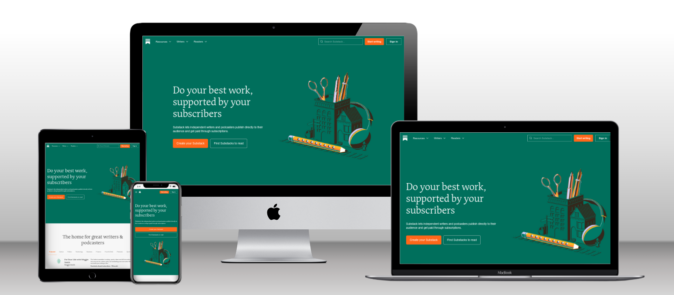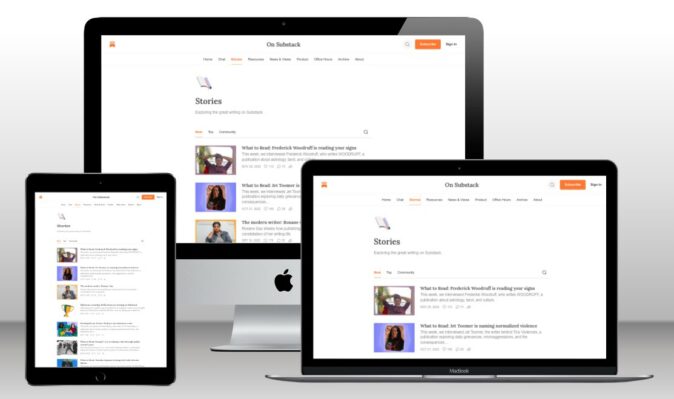Substack has been generating a lot of chatter in author communities recently. For good reason, it’s catching attention as an enticing new tool for building your author platform, and in turn selling more books.
I took a look at what all the fuss is about. To read in more detail, visit this complete list of Substack Pros and Cons published on my own website, but here’s a quick version for the BAIPA community:
What is Substack?
Substack is a simple platform that allows you to write articles. Each is then sent automatically by email, to people who have chosen to hear from you.
- At a basic level, it has the characteristics of a blog and email newsletter combined.
- If you have an audience that’s willing to pay to hear from you, you can monetize your content easily by offering a paid subscription to your Substack.
- It’s free to use, until you choose to switch to the paid model.
- Substack recently started to offer a podcasting feature, too.
So, strengths of Substack are that it offers a quick and easy way to manage both publishing articles, and emailing your audience. And it’s free to get started; they don’t charge unless you’re making money from a paying audience.
The main drawbacks of Substack are that you’re building your platform on borrowed land: Substack could change, disappear, or start charging at any time. I would much prefer that you drive traffic to your own website, which is a piece of real estate you’ll own forever. And, the email functionality is extremely limited. You can’t tag subscribers, deliver tailored email content, send automated sequences, or upsell related books and services. Everything you write goes to everybody. Finally, despite the tempting marketing on Substack’s main pages, the onus of building your audience sits firmly on your shoulders. Realistically, you’re still going to work as hard to get discovered on Substack as you would on any other platform.
Should you jump in and use Substack? My advice:
- Yes, if you have no blog or email list (newsletter) in place yet, and you’re daunted by getting going.
- Yes, if you are willing to prioritize simplicity and ease of use above all else.
- No, if you’re looking for the latest “hot” tool to grow your readership without effort.
- No, if you have a neglected blog or email list that you could revive instead.
- No, if you are serious about building a sophisticated, long-term author business.
Substack is much better than nothing. It’s pretty easy, and pretty simple. But you need to consider your long-term goals before jumping in.
Once again, if you’d like to know more and see examples of Substack in use, check out the original article here.
Are you already using Substack? If so, let us know in the comments how it’s going!


Thank you for researching this for us, Pauline! I asked someone that exact question this week! You’ve saved me gobs of time!
Glad to hear it, Chris. If you do decide you want to use Substack in conjunction with your Squarespace website, it’s pretty easy to integrate the sign up form, and I can point you to my instructions that show how.
Interesting new idea. Thanks for pointing out the pros and cons!
Hi Esther, yes, despite a few concerns, it really is an interesting way for authors to communicate.
I happen to love substack and have two of them. And since I don’t have a real website, it’s working well for me. My most recent one, SoulCollage® for Writers, is growing faster than my Convert Kit email list. So is my Sacred Foolishness. Most new subscribers find me from Substack directly or via recommendations from fellow substackers’ Substack sites. One day I got 78 new subscribers. The platform does a decent job of promoting our newsletters. So it’s worth a go in my book!
For anyone interested, here’s the link to my Substack: https://soulcollageforwriters.substack.com/
Wonderful to get this perspective, Marilyn, that Substack is working well for you. Glad to hear you feel they are, in fact, a helpful force in spreading the word.